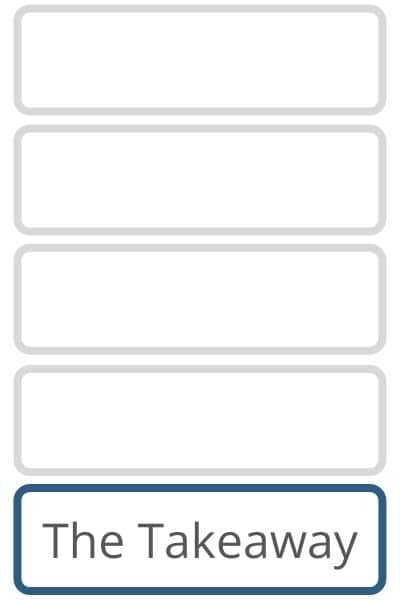Grab the PDF version
So, what should I write about?
Think of your ideal customers
Write about stuff you’re hearing on the front lines. Questions, challenges, apspirations that real people in your world are asking about and dealing with.
Go WAY more basic than you think
I’m talking REALLY basic. Most companies publish content about complex topics in your space in order to sound smart. Do the opposite. It’s easier to write about AND your audience probably will appreciate your speaking on their level.
Save the sales pitches for the sidebar
self serving content isn’t sharable or linkable. Be helpful, and let the calls to action on your website handle next steps. Don’t interrupt with commercials.
No fluff
Don’t write words to fill space. It’s a waste of your time, and you’re also wasting your readers’ time. Keep it concise.
Organizing your article makes it easy…
For everyone involved, some basic structure will help everyone get to the stuff they care about quickly. Plus, search engines love it…so it might help you grab some SEO rankings. Here’s an article on how search engine optimization works if you’re interested.
The Lead Paragraph: Clarity is key
Don’t write words to fill space. It’s a waste of your time, and you’re also wasting your readers’ time. Keep it concise.
The Body: Break it down into 3 sub-topics
Don’t write words to fill space. It’s a waste of your time, and you’re also wasting your readers’ time. Keep it concise…go deep and narrow rather than broad and general. You can always write another article.
The Takeaway: Wrap it up nice and tight
Here’s where we tell them what we just told them. In summary, here’s what we learned about X, and how you can use it to impact your life. Some readers will jump right to this part after skimming headlines. Clean and concise is best. Sometimes you might reference related topics or link to other articles to keep things going…or not. Your call.






